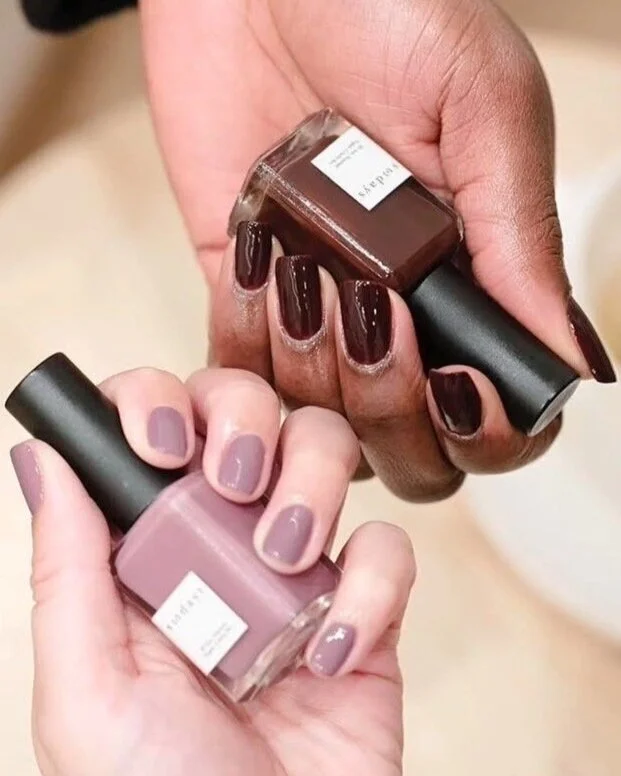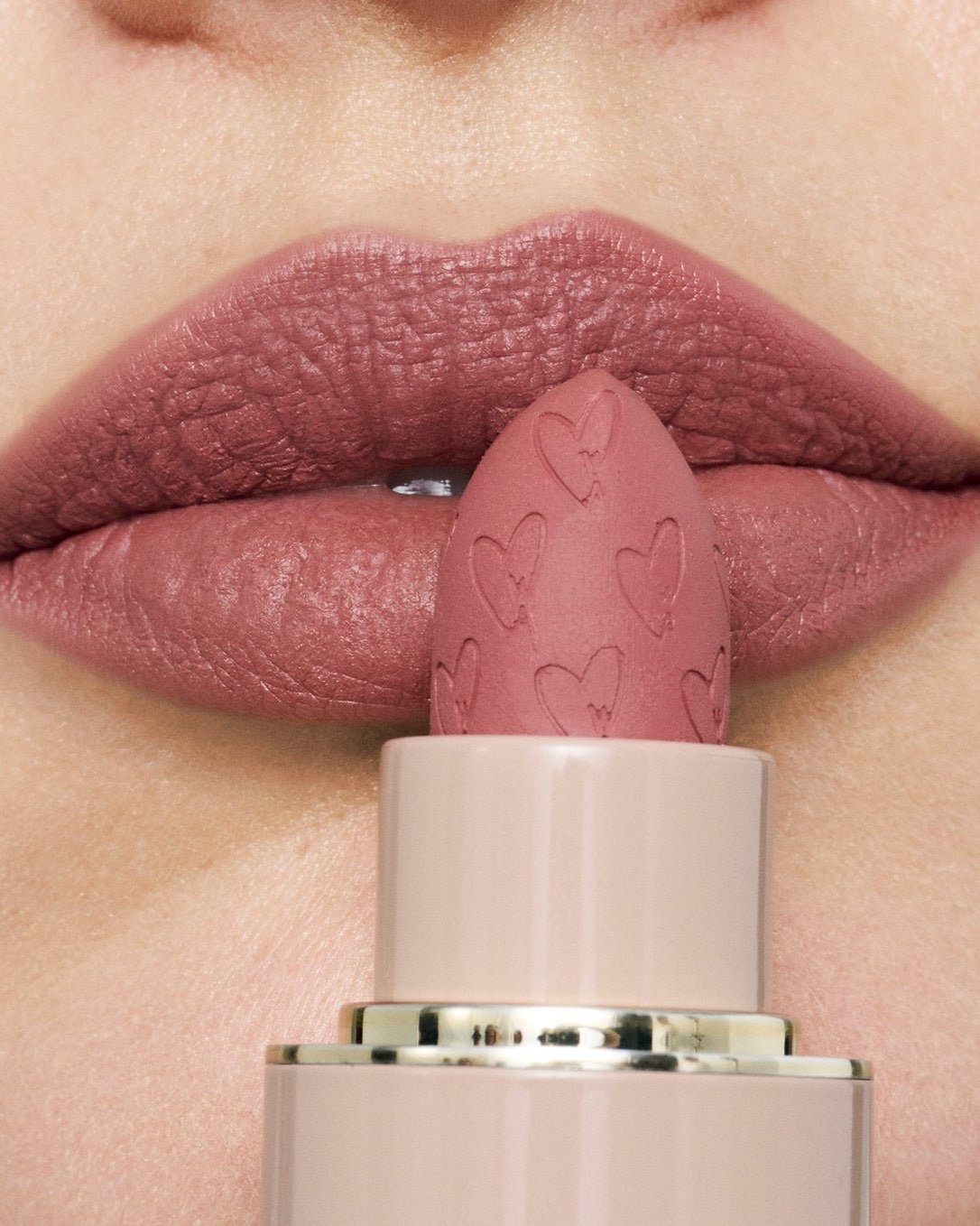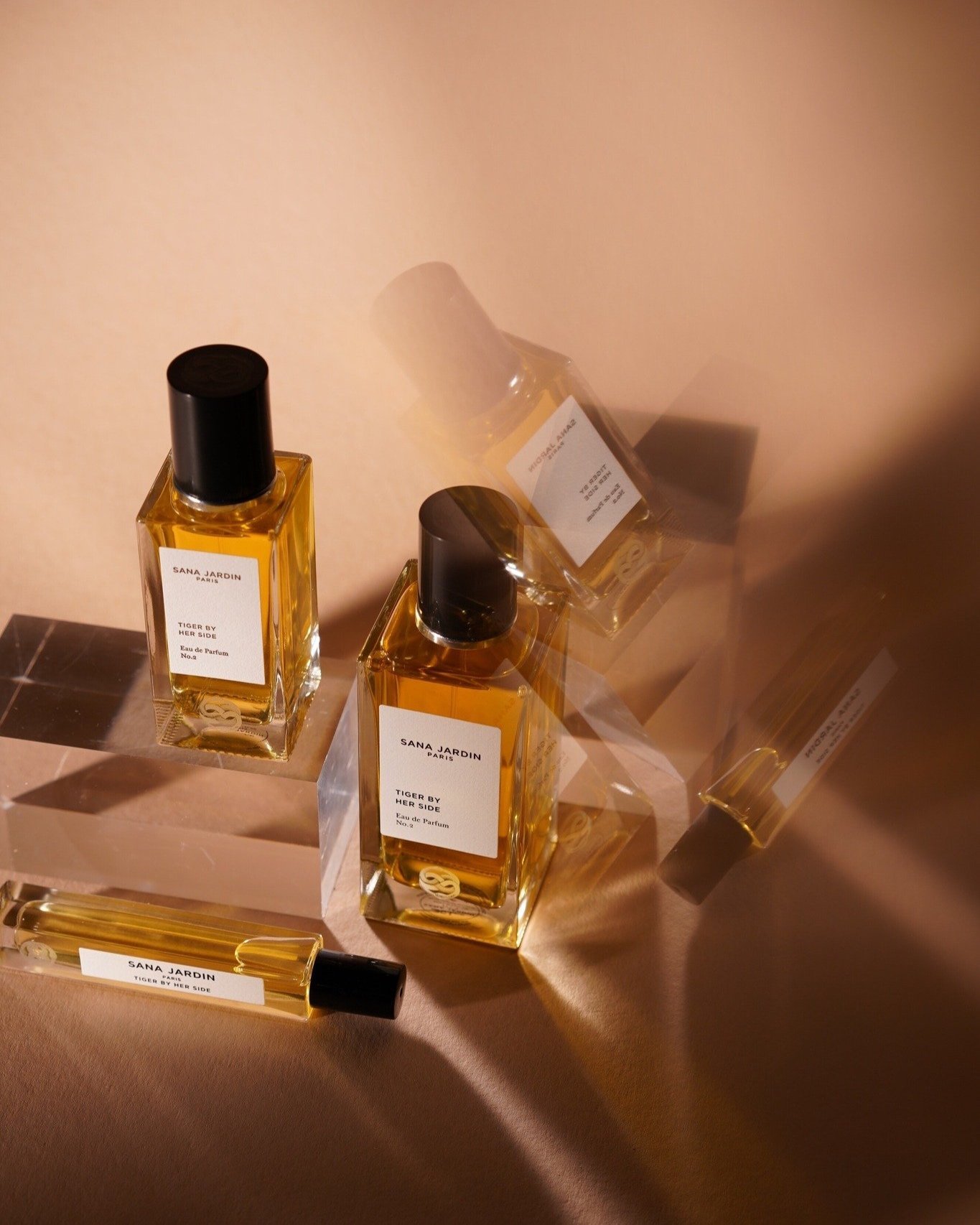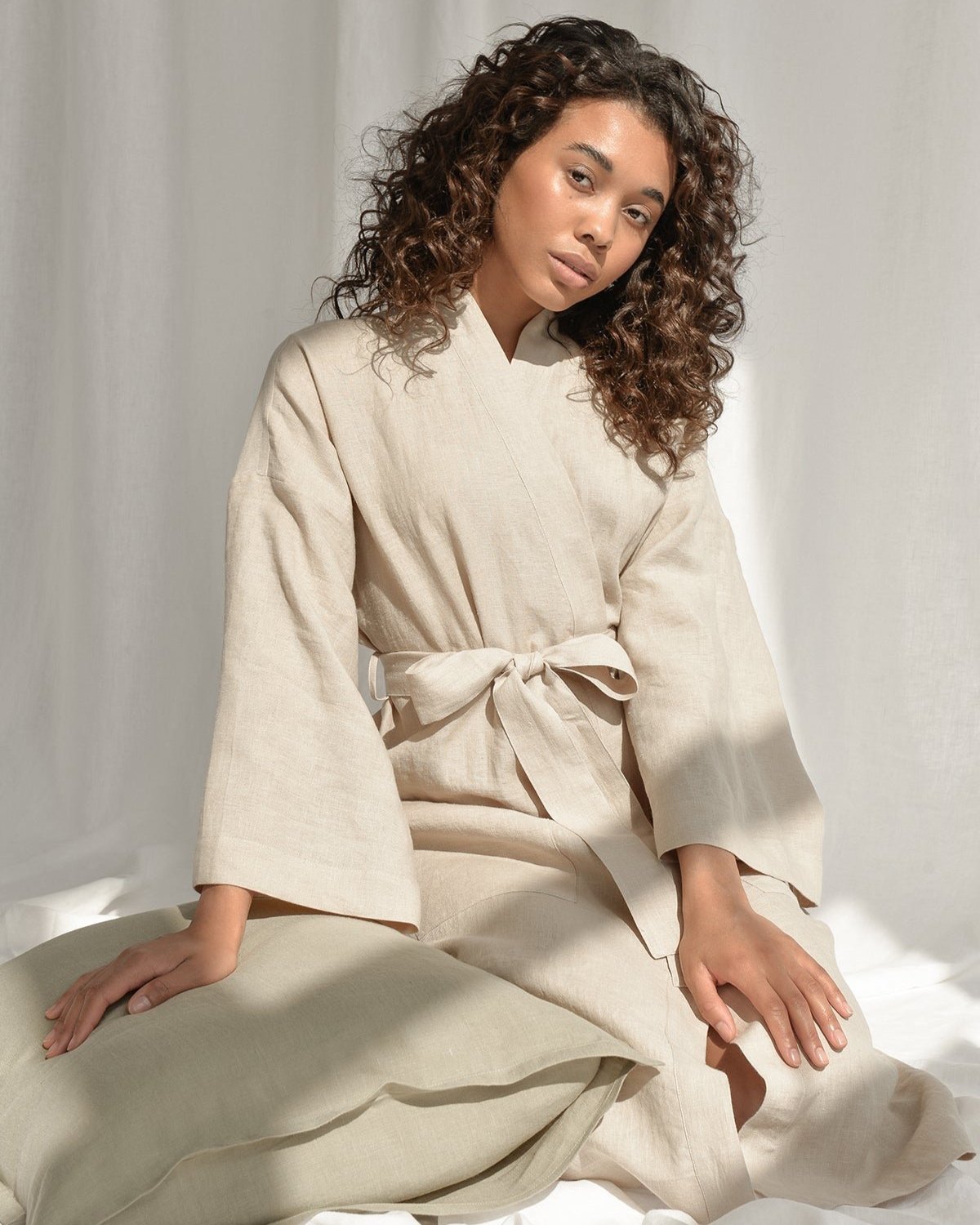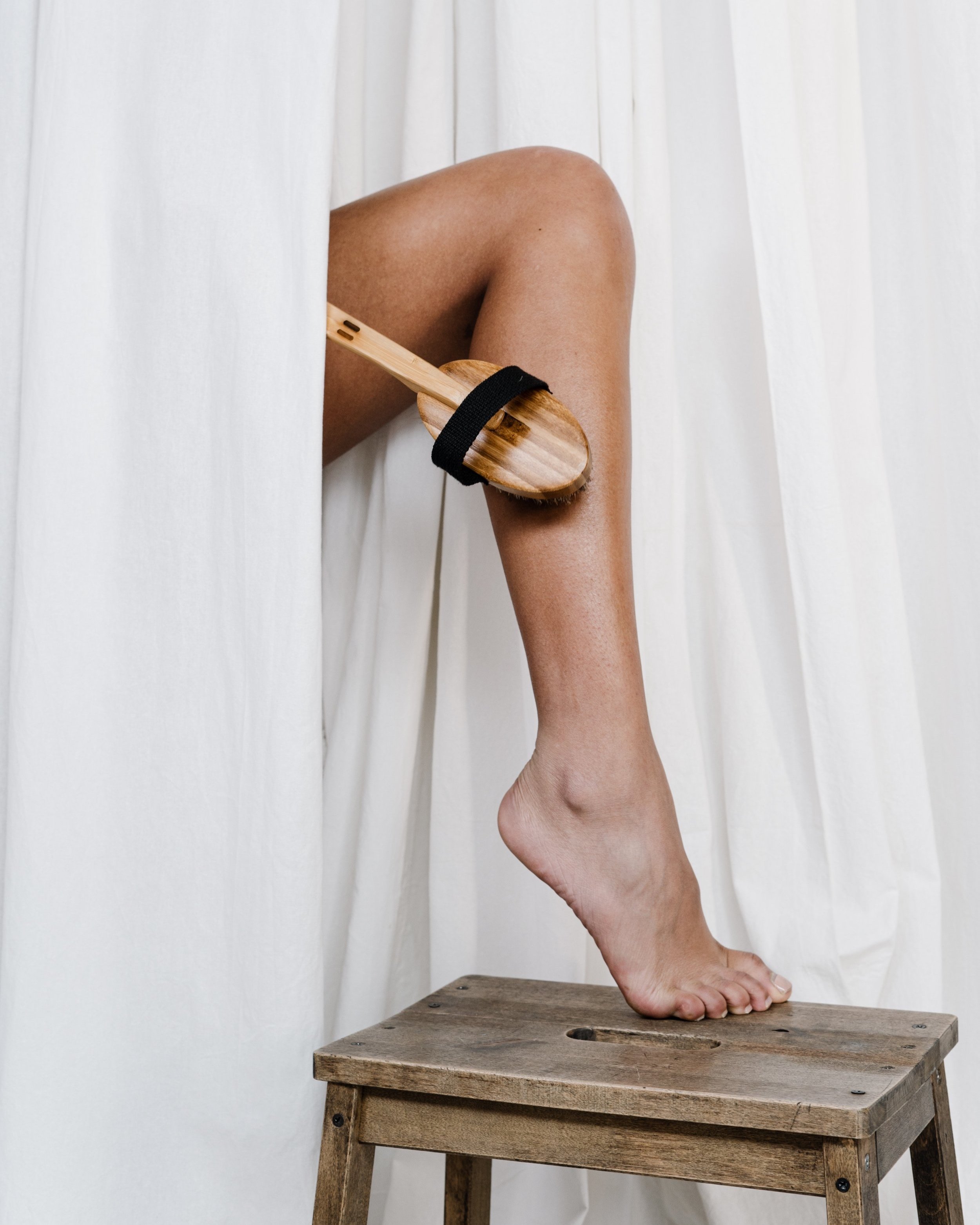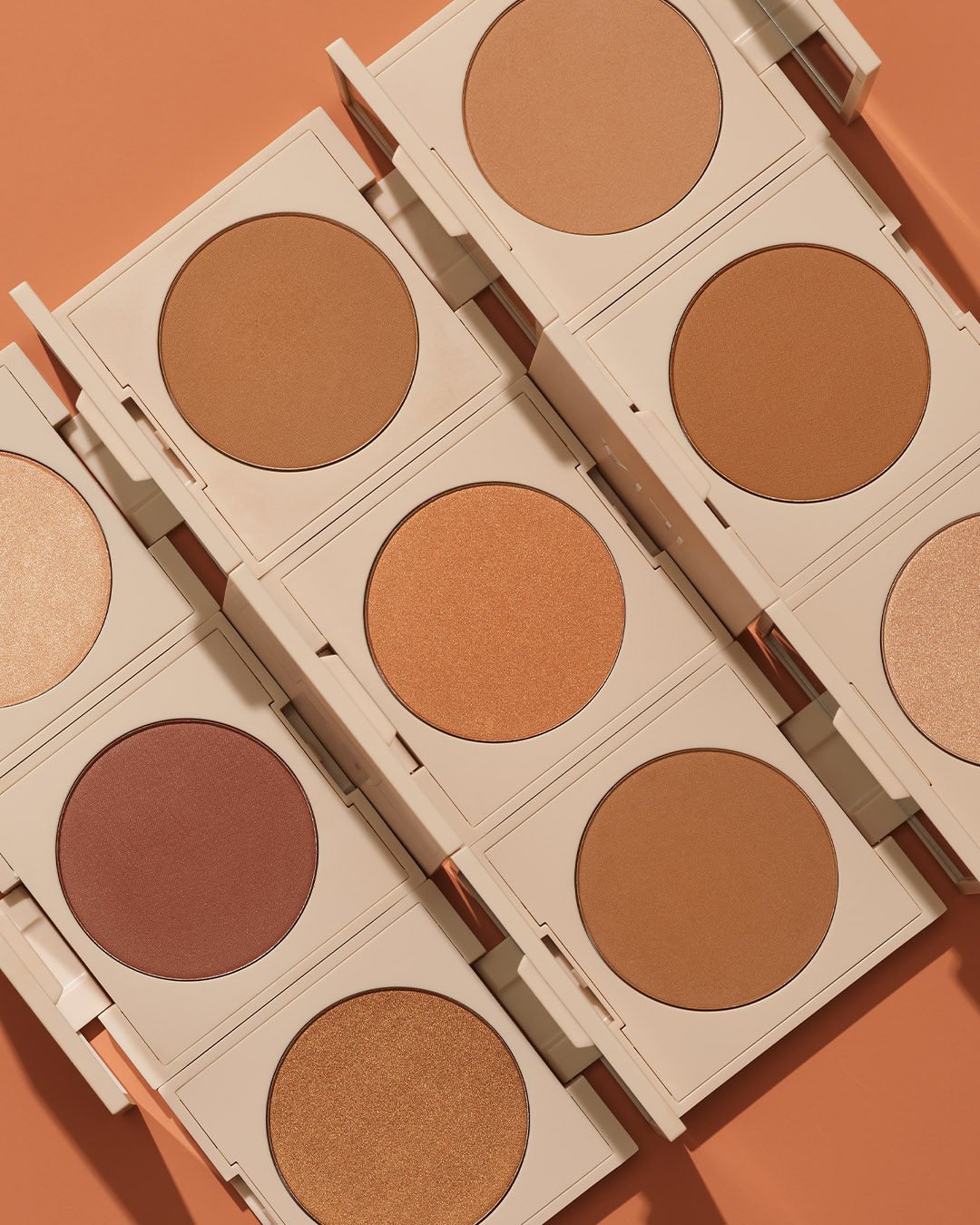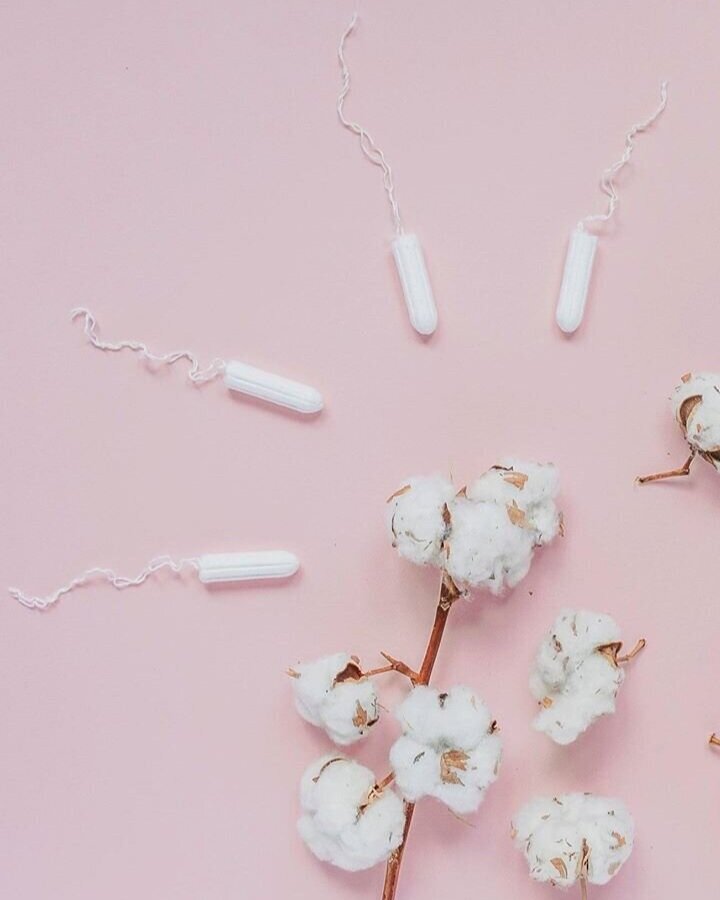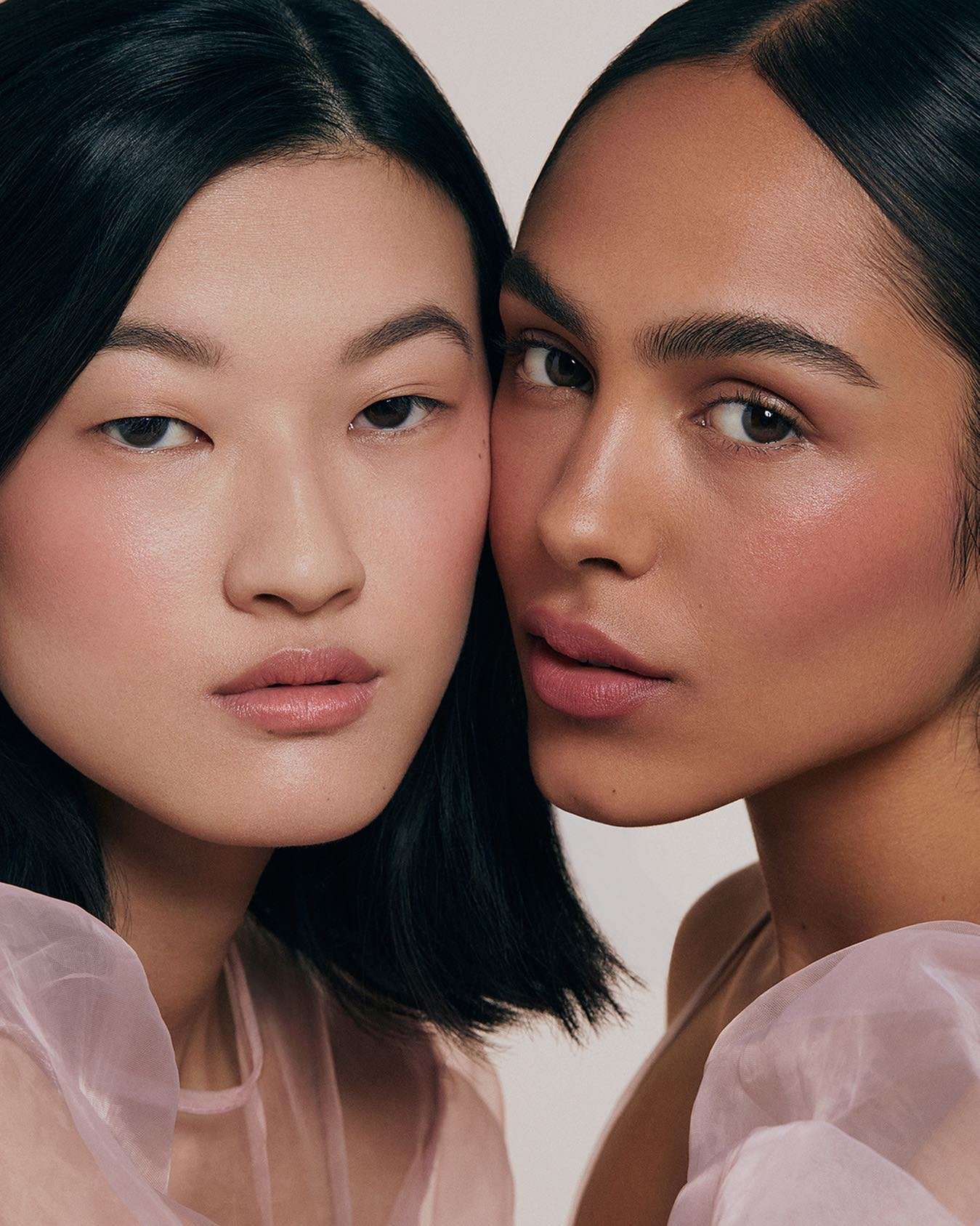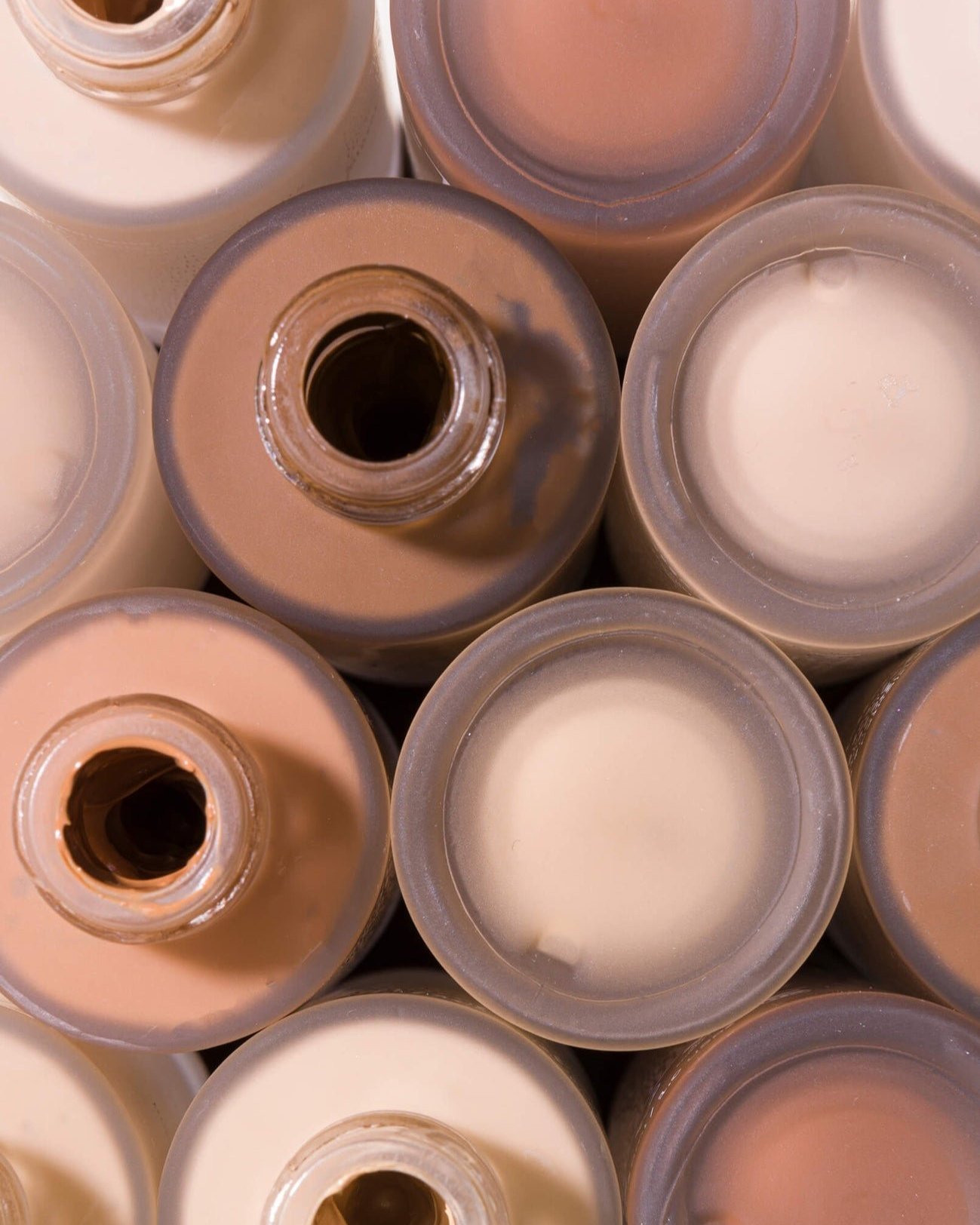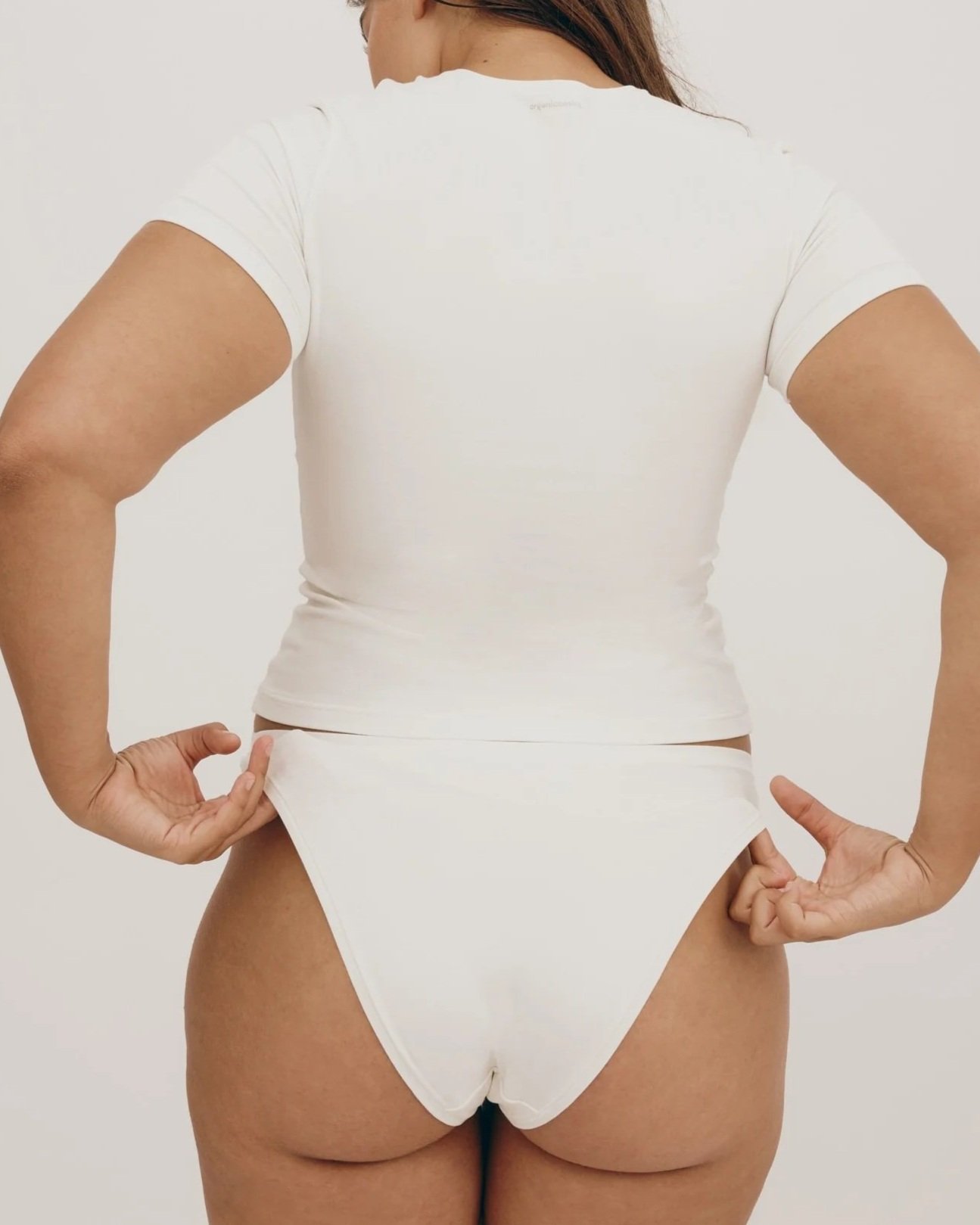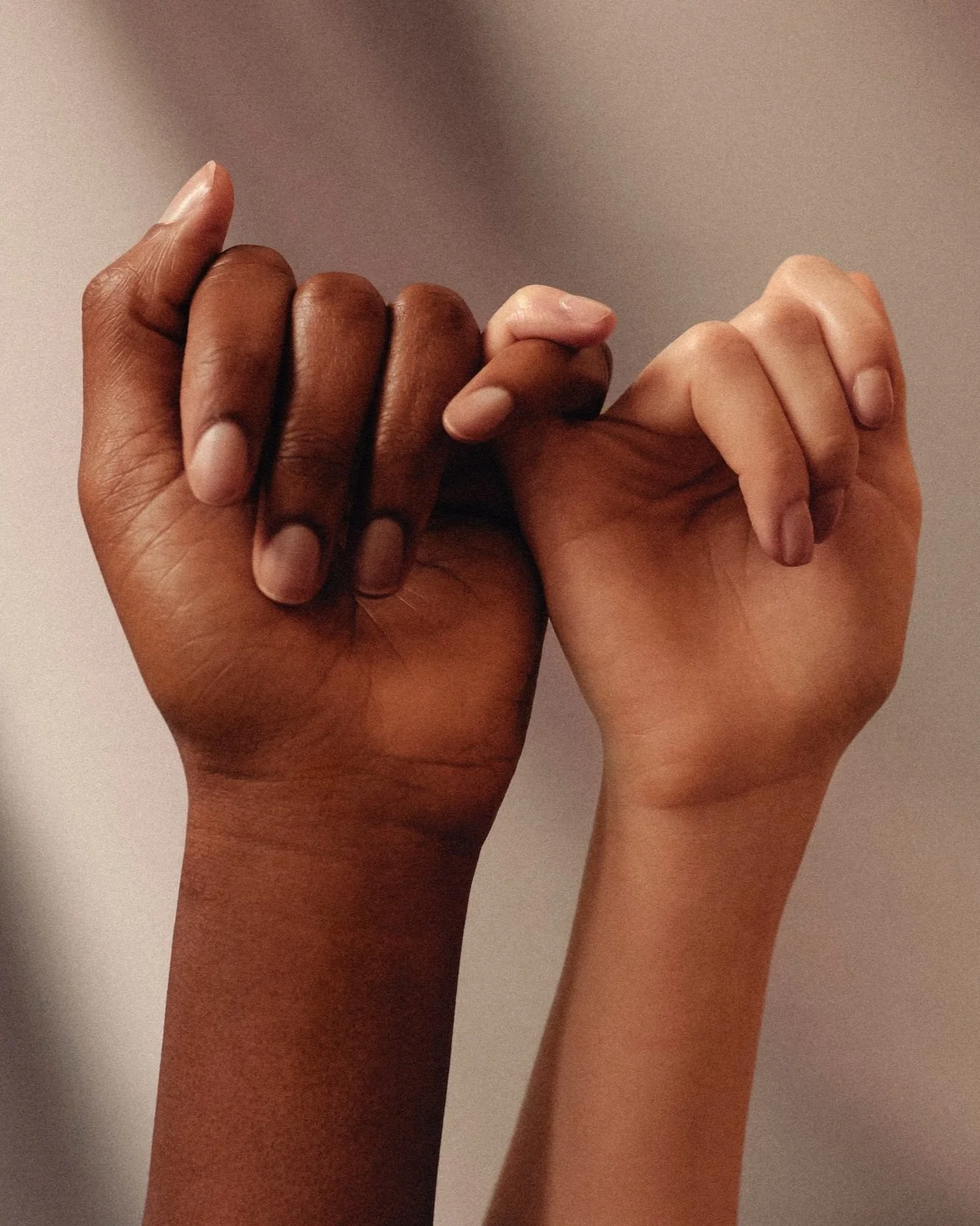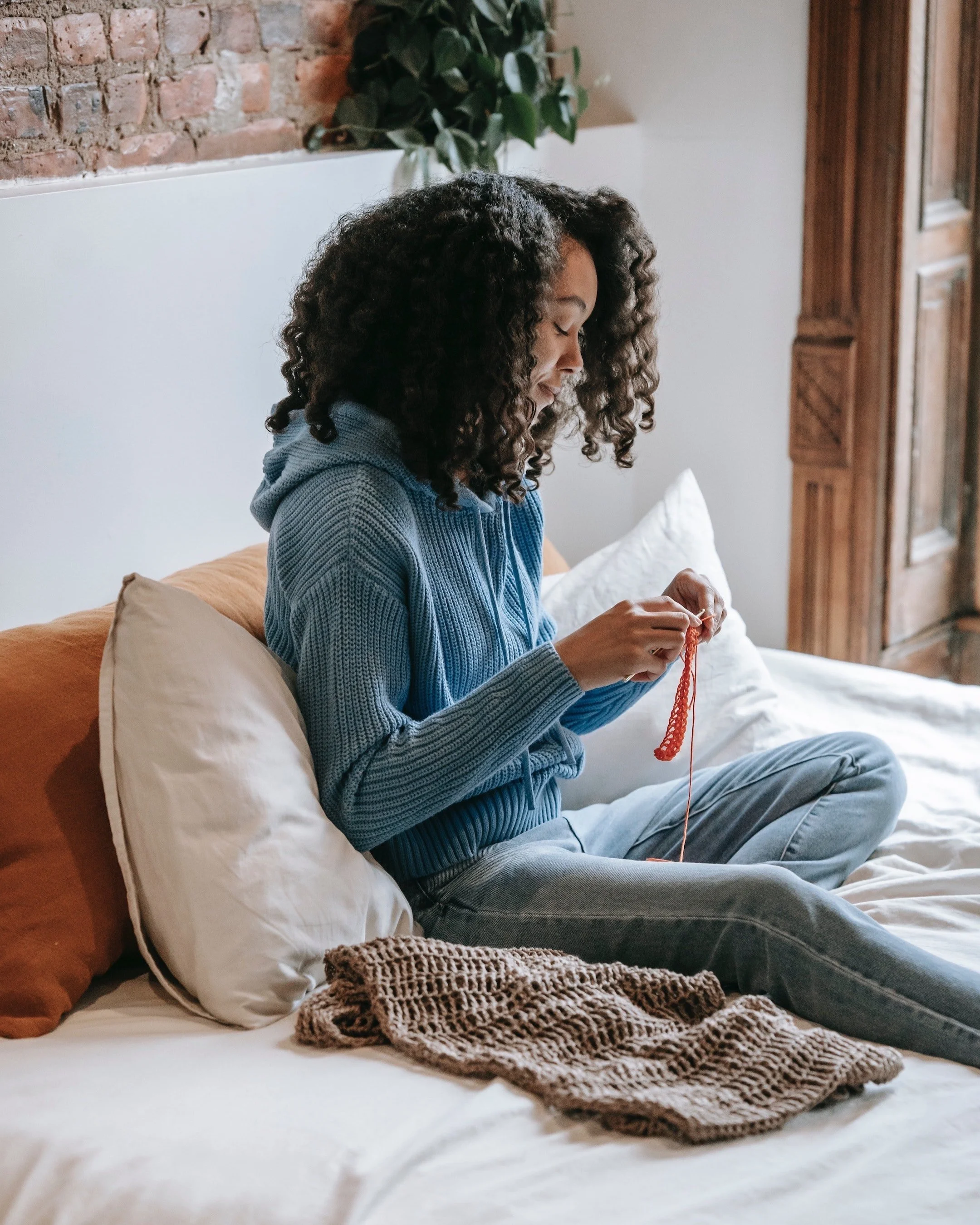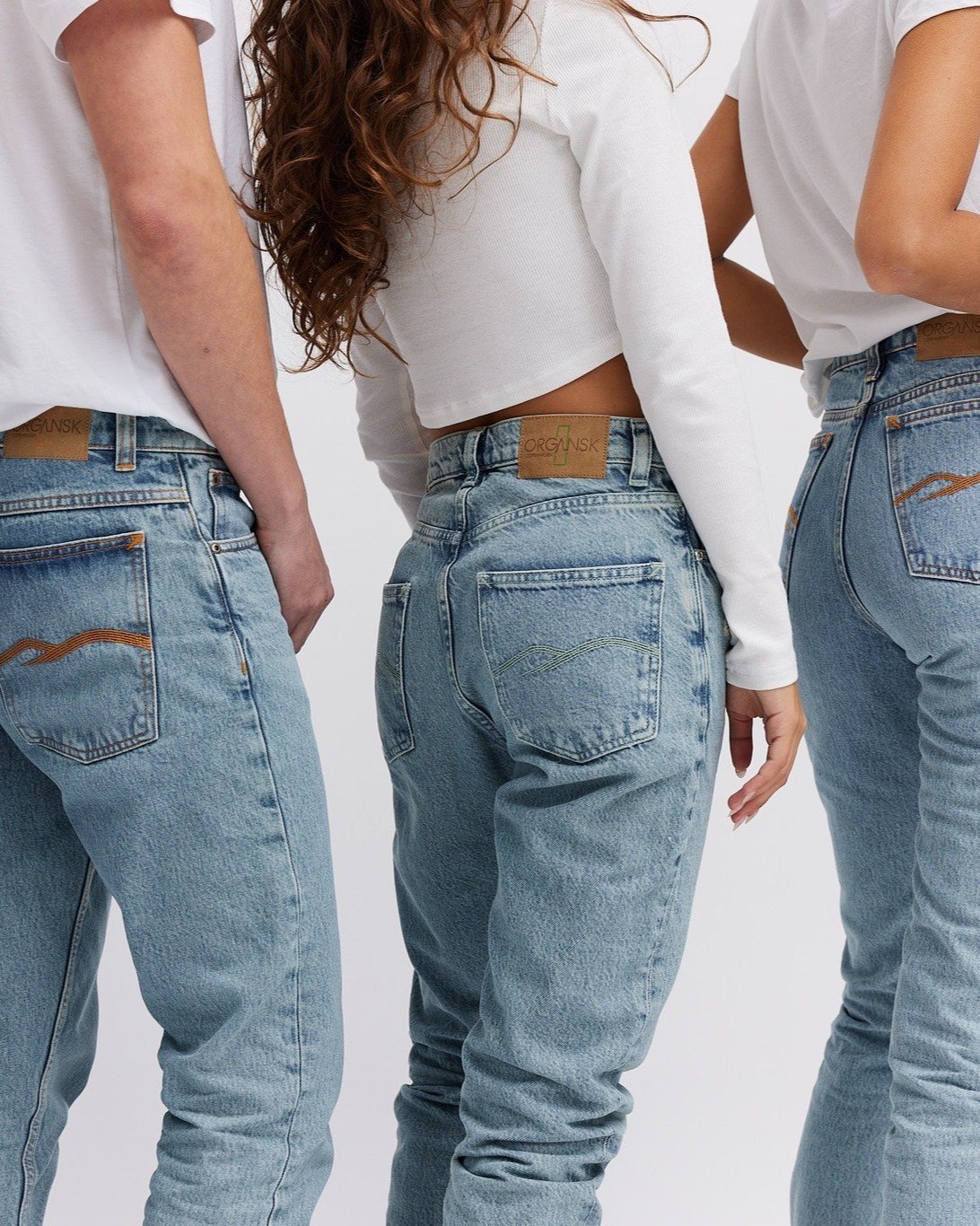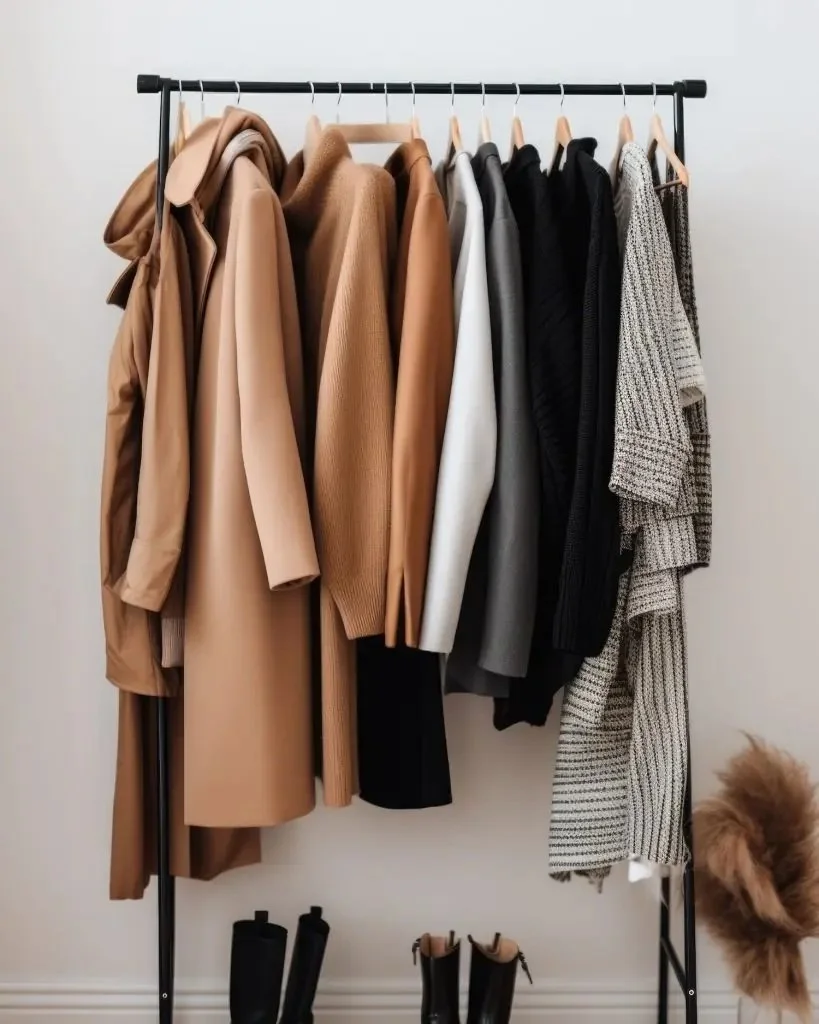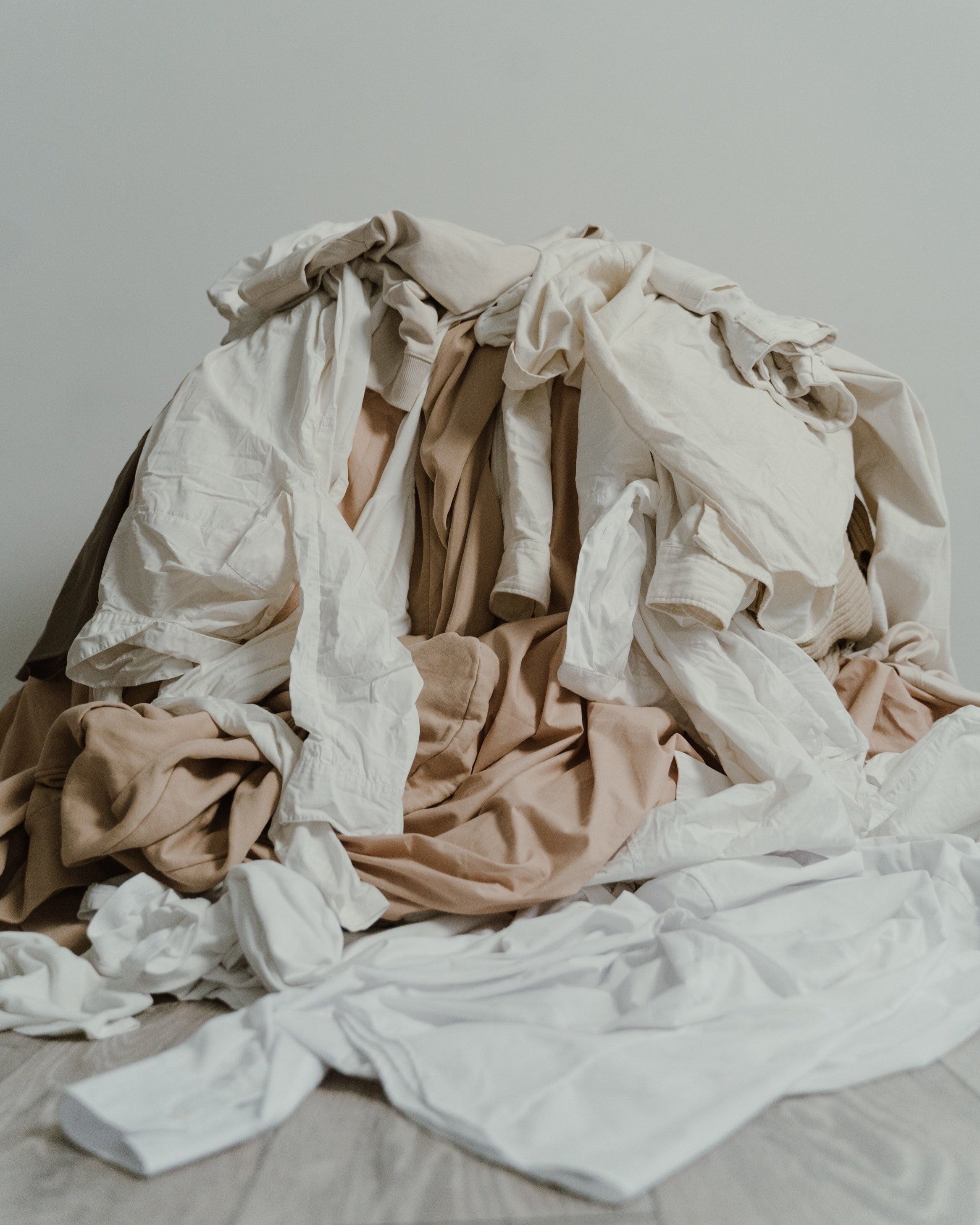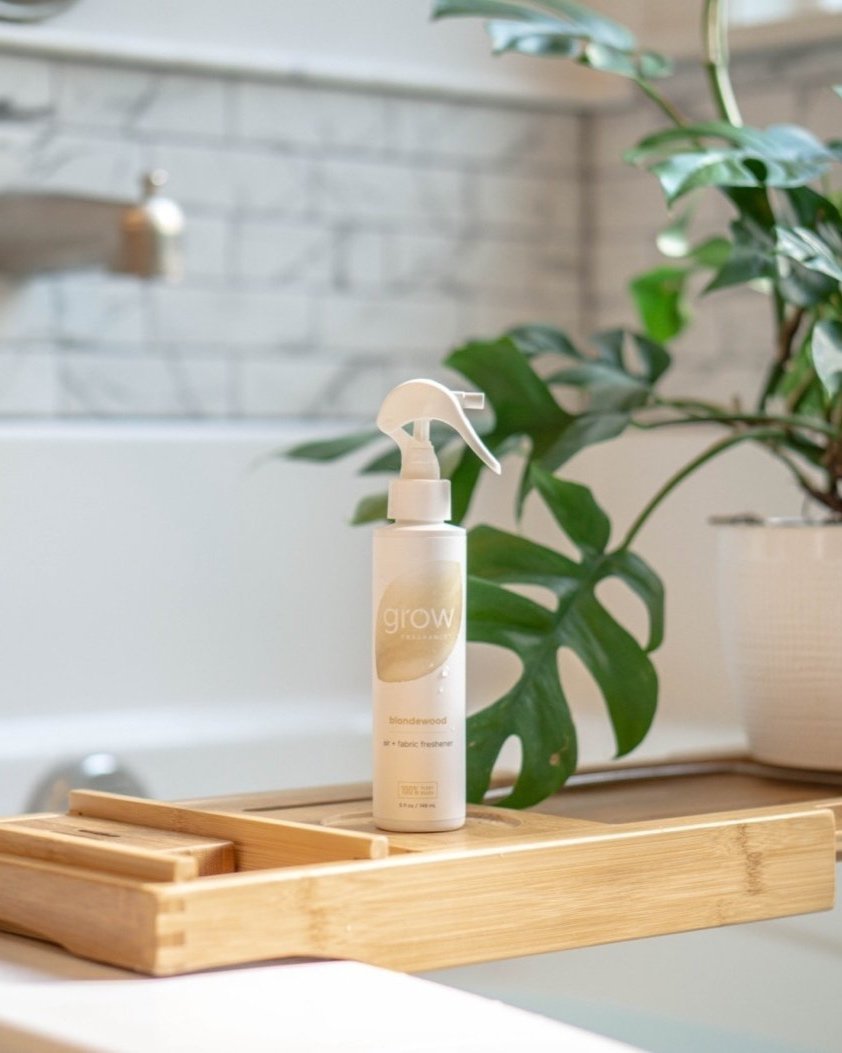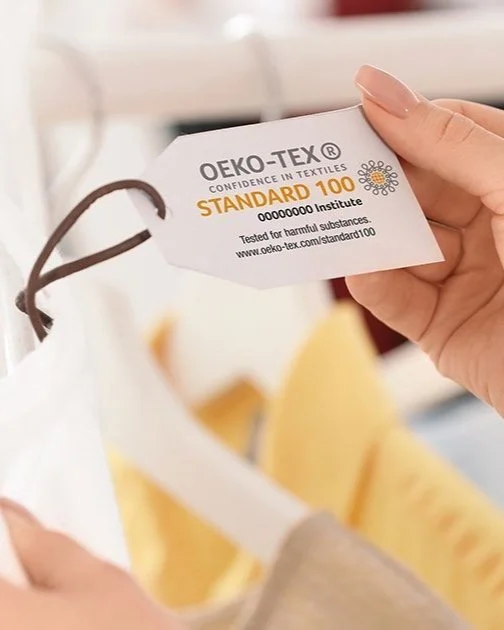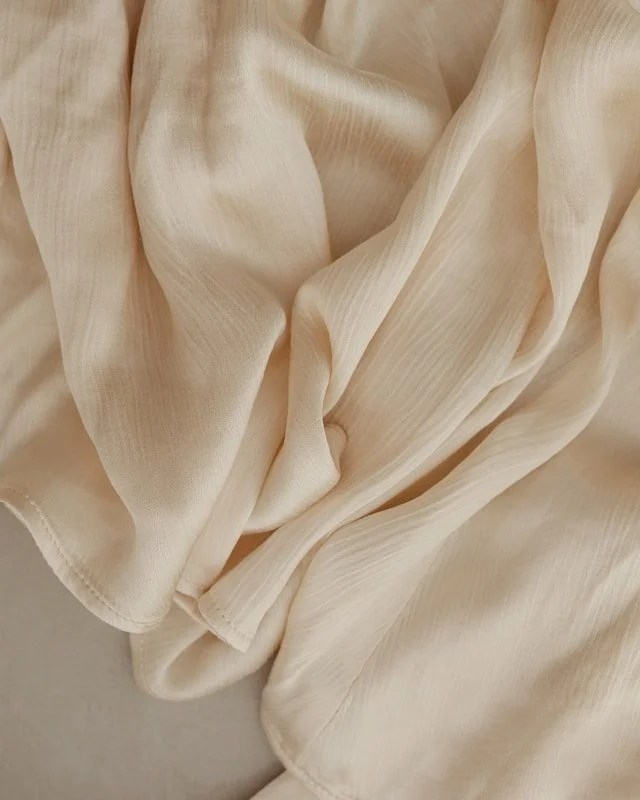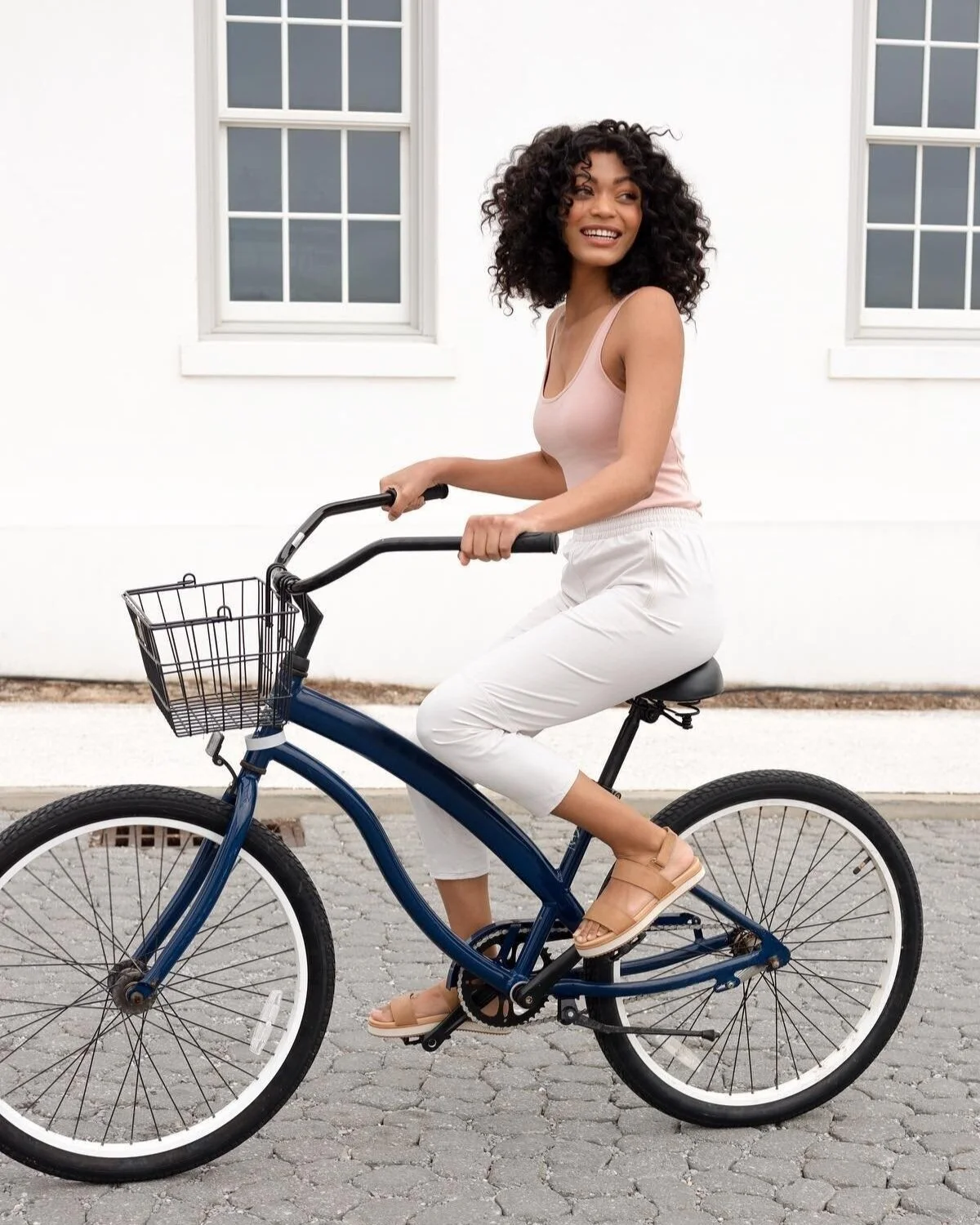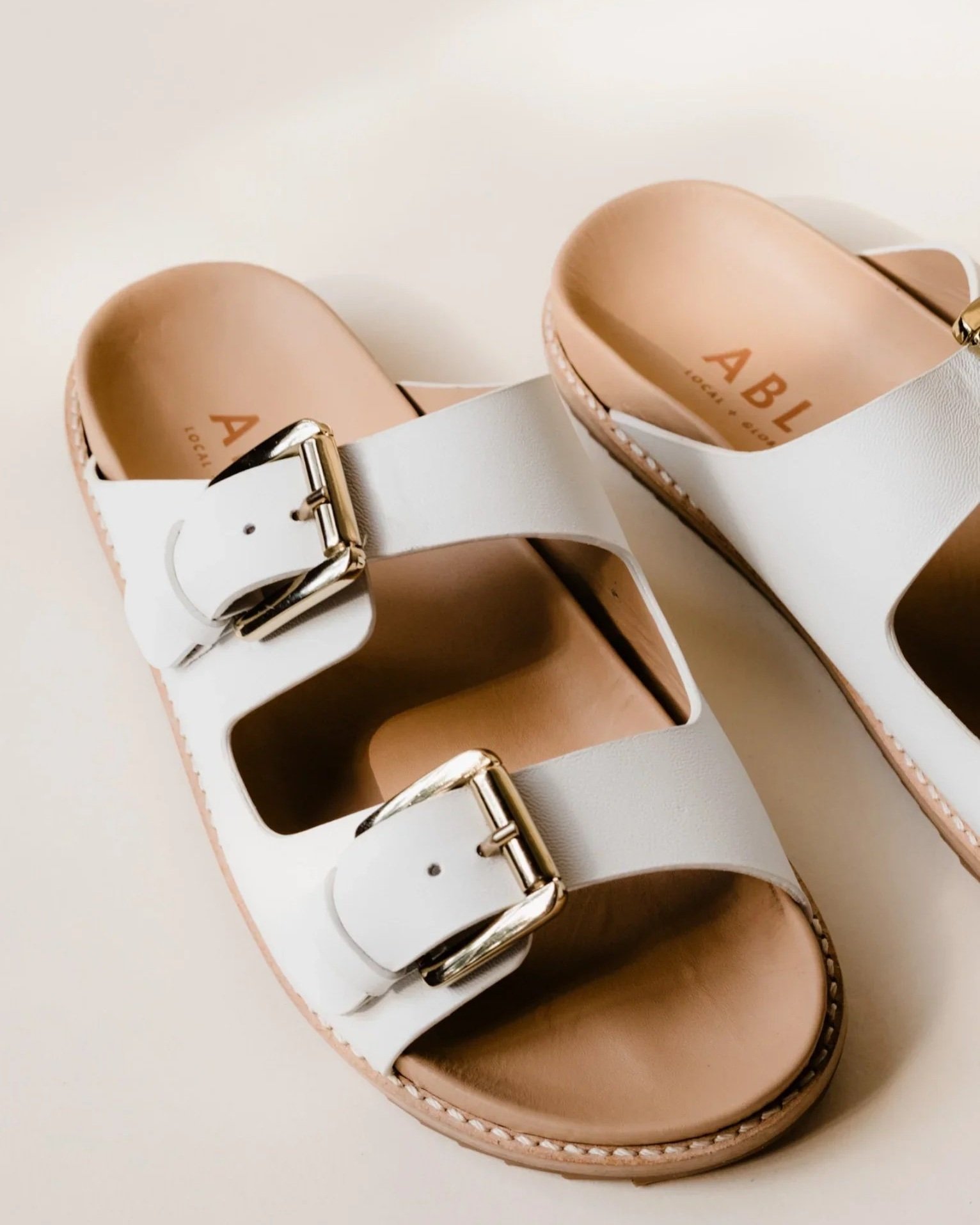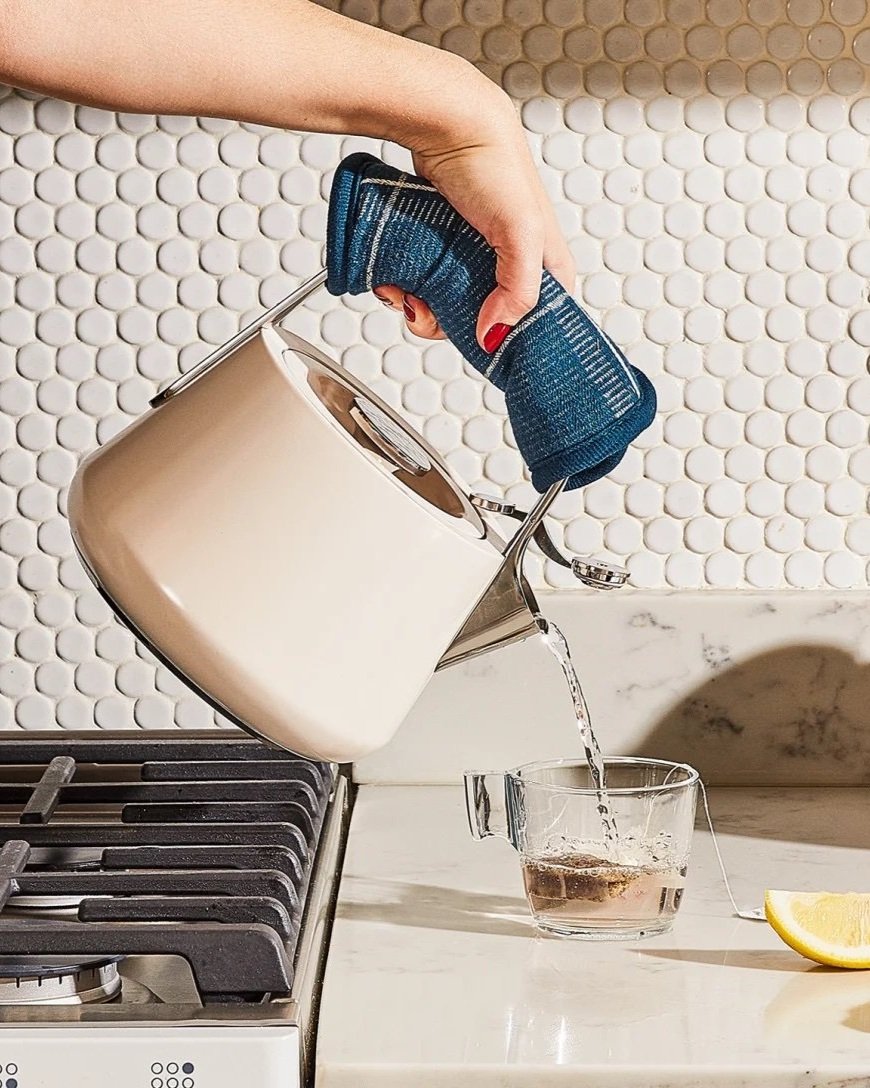
With all sorts of claims that some deodorant ingredients cause breast cancer and other serious illness, problems like animal testing, non-recyclable packaging and ineffective ingredients, finding the right sustainable deodorant for you and the planet can be tough. Luckily, we’ve broken down what you need to look out for, and which deodorants we love most.
Disclosure: Some of the links below are affiliated; we may earn a small commission if you click through and make a purchase. We only feature brands that align with our values and contribute to a better world. Thank you for supporting these brands - and us! Cover Image: Wild
Does deodorant cause breast cancer or other diseases?
If you've ever read about the potential health impacts of deodorant and antiperspirant (the two are in fact different, as only the latter actually blocks sweat, the former just masks smell), you might feel quite alarmed by the supposed risks. A quick Google can tell you that your deodorant will give you breast cancer, Alzheimer's, kidney disease, and other frightening illnesses. But are these claims backed up by science?
Peer-reviewed, scientific sources tell us that in the case of breast cancer, Alzheimer's and kidney disease alike, even conventional deodorant use is likely not linked to the development of these diseases or that results are inconclusive. It is recognised that further research is needed in the area – so there's nothing stopping you from erring on the side of caution – but that with the studies done up until today, no clear, causal link is found.
What ingredients should you avoid in your deodorant?
If you want to avoid the ingredients in question here, they are aluminum and parabens. Aluminum is the active ingredient in antiperspirants, as they create a temporary 'plug,' which stops the flow of sweat from sweat ducts to the surface of your skin. Frequent application of aluminum-based products to the armpit, which is close to the breast, can lead to absorption into the skin. This absorption may have hormonal effects that contribute to the growth of breast cancer cells. So the logic around potential links between aluminum and other diseases is the same – absorption is the risk. There is also some fear that temporarily blocking the ability to sweat means temporarily losing the ability to release toxins – but lymph nodes, which are not connected to sweat glands, are responsible for this.
Similar concerns relate to parabens, which do have weak estrogen-like properties. But, again, there is no conclusive evidence that aluminum or parabens at the levels they exist in deodorant causes these diseases. Some people are concerned, though, that it is the build-up of aluminum and parabens across their skincare regime and diet that creates risk. This is particularly relevant for parabens, which manufacturers widely use in cosmetics, food, shampoo, and skincare products. If you're concerned about them, you can avoid these ingredients when you see them listed on deodorants and other products.
Is all deodorant vegan and cruelty-free?
When we talk about the deodorant that is best for us and the planet, we need to consider the other living beings here with us. Many deodorants are still tested on animals. Animal testing of deodorant isn’t simply putting some roll-on in the underarm of a rabbit, but smearing the ingredients and chemicals used in deodorants onto their shaved bare skin, and into their eyes.
Perhaps the most upsetting form of animal testing is the acute oral toxicity test, where rats are forced to swallow a substance until they become incredibly sick and ultimately die. The purpose of this test is to see how long it takes for half of the exposed animals to die within 14 days of swallowing the substance. Unfortunately, this is all too common in the personal hygiene and cosmetics industry.
What’s more, not all deodorant is vegan. Some deodorant contains gelatin – made from boiled animal skin, tendons and bones, while others may contain beeswax, animal-derived glycerine made of animal fat (vegan glycerine from vegetable oil fortunately exists too), and other unappealing and cruel ingredients.
For those wanting to avoid supporting all of the above mentioned cruelty to animals, there are a huge range of vegan and animal-testing free certified deodorants available.
How does deodorant packaging impact the planet?
It’s estimated that 120 billion units of cosmetic packaging is produced every year. Unfortunately, a large amount of this packaging is not able to be recycled, ending up in landfill, or if not properly disposed of, the ocean.
The health of the planet and our personal health are completely intertwined. While personal hygiene, skincare and makeup companies must take responsibility for the impact of their products and use more sustainable and even reusable packaging, we have a part to play, too.
Today, there are deodorant brands that sell refillable roll-ons, which use glass packaging that is more valuable in recycling systems, and even compostable packaging. These are great options to choose.
For a topic as simple as deodorant, a lot of concerning points have been raised here! Luckily, it’s not so hard to avoid all of these concerns, while staying fresh as a daisy. Here are some of our favourite natural, aluminium and paraben free, vegan, animal-testing free, and sustainably packaged deodorants – they sure tick a lot of boxes!
Our Top Picks for Non-Toxic, yet effective, Sustainable Deodorant:

1. Wild
Price: $15 (case and refill) or $6 (refill)
This deodorant features a refillable design, delivering refills directly to your door. It comes in a durable metal case meant to last a lifetime, promoting reuse and easy recycling. Plus, the refills are packaged in compostable materials.
Wild's deodorant formula is safe and has undergone rigorous testing. Many people love it, so you can confidently enjoy its refreshing scents!

2. Attitude
Price: $12.95
This brand is EWG Verified, so you can feel confident knowing their ingredients are safe for your skin! All their deodorants are plastic-free, aluminum-free, formulated with natural-based ingredients, and optimized to perform.
Attitude proudly showcases their Vegan Certification and uses zero-waste packaging made from FSC-certified biodegradable cardboard. They have many different scents for you to choose from, as well!

3. Native
Price: $13
This brand offers an effective, plastic-free deodorant in gorgeous scents like coconut and vanilla, cucumber and mint, aloe and green tea, as well as an unscented option.
Native's deodorant comes in paperboard packaging and is vegan and free from animal testing. Thanks to ingredients like coconut oil for smoothness, baking soda, shea butter, and tapioca starch, it works wonderfully to keep you smelling fresh.

4. Ethique
Price: $14
Ethique’s vegan deodorant is a revolutionary product for those who value sustainable self-care. It’s plastic-free, aluminum-free, and made from natural ingredients, ensuring you stay fresh while sticking to your values.
The solid stick format is easy to use and comes in compostable packaging, perfect for reducing waste while staying odor-free all day.

5. by Humankind
Price: $10 (container) $12 (refill)
Humankind offers refillable containers of their self-proclaimed "most advanced natural deodorant," with scents like rosemary and mint, lemongrass, and lavender and citrus.
This formula is ethically crafted, avoiding aluminum and parabens, and it stands firmly against any form of animal cruelty. By Humankind not only prioritizes the inner goodness of the product but also earns points for its strong aesthetics.

6. PiperWai
Price: $18
You apply this deodorant cream by rubbing it in your hands before melting it into your pits. It comes in packaging made from plastic recovered from the ocean.
PiperWai uses ocean waste plastic for their packaging, reducing carbon emissions and protecting marine life. It’s 100% recyclable, vegan, cruelty-free, and free from potentially concerning ingredients.

About the Author
Emma Håkansson is the founder and director of Collective Fashion Justice which seeks to create a total ethics fashion system that prioritizes the life and wellbeing of non-human & human animals, as well as the planet, before profit & production. She has written countless articles on ethics, sustainability, and fashion, and has two books due out over the next two years.
WANT MORE SUSTAINABLE BRANDS? VISIT OUR BRAND DIRECTORY!
Our Brand Directory is home to hundreds of sustainable brands, from makeup to cleaning supplies, from underwear to shoes. We have broken everything down by category for easy shopping, along with discount codes unique to Sustainably Chic viewers.



